Contents
Acknowledgments / Introduction (see below on this page)
Introduction to Compact Disc: The Compact Disc: An International Standard--A Closer Look at the Compact Disc--Audio Encoding The Digital Encoding Process--Making the Disc--Disc Playback-Three Kinds of Players
How CD Players Work: Disc Loading-Pickup Techniques--Focusing and Tracking Systems--Focusing and Tracking Coils Pickup Transport s-Processing Circuitry-D/A Conversion-One or Two Converters-Operating Controls-Real Panel Connectors-Remote Control
Compact Disc Player Specifications: Frequency Response-Signal-to-Noise Ratio-Channel Separation-Intermodulation Distortion-Phase Linear ity-Interchannel Phase Response-Total Harmonic Distortion-Dynamic Range-Wow and Flutter -Error Correction-Output Voltage-SPARS Code
The CD Environment: Unpacking-Installation--If Something Goes Wrong--Achieving Optimum Sound-Disc Scratches, Dirt, and Defects-Proper Disc Handling
Tools and Supplies for CD Player Maintenance: Workspace Area-Basic Tools-Volt-Ohmmeter -Logic Probe-Laser Detector--Amplifier and Speakers--Assorted Supplies--Using Test Discs
General Preventative Maintenance: Frequency of Checkup-A Word of Caution-Personal Safety-General Maintenance-Internal Preventative Maintenance-Maintenance Log-Remote Cleaning-Disc Maintenance
CD Player First Aid: Tools and Safety-Dropped Player-Fire Damage-Water Damage-Sand, Dirt, and Dust -Foreign Objects-Leaked Batteries
Troubleshooting Techniques and Procedures: The Essence of Troubleshooting--Troubleshooting Flowcharts--Using the Troubleshooting Charts in Section 9--What You Can and Can't Fix-What to Do If You Can't Fix It-Troubleshooting Techniques-Going Beyond the Flowcharts
Troubleshooting CD Player Malfunctions: Fix It Yourself -Service Politics-Using the Troubleshooting Charts
Appendix A Sources
Appendix B Further Reading: Magazines-Books-Websites-Forums
Appendix C Maintenance Log
Appendix D Soldering Tips and Techniques: Tools and Equipment--Basic Soldering--Replacing Components--A Good Solder Joint—Electrostatic Discharge-Tip Maintenance and Cleanup
Appendix E Charts
Glossary
Index
Acknowledgments
When help was needed (which was often), Meredith Averill and Ian Ellis were there to lend a hand, We thank you.
Several companies lent us their time, expertise, and compact disc players to aid us in this difficult wr iting project, and we are eternally grateful. We specifically wish to acknowledge Marc Finer at Sony, Keld Hannsen at Bang & Olufsen, and the marketing and technical staffs at Denon, Yamaha, Hitachi, and Technics. You came through when others didn't care to contribute.
We are indebted to David Kale at The Federated Group, who allowed us to disrupt this store in order for us to take pictures and study his assortment of compact disc players. Again, many thanks.
Finally, a warm thank you to Will Goodson, our agent, and to our editors at TAB, who believed in this project -and believed in us.
About This Guide
Covers over 100 different model.
An alternative to the inconvenience, frustration, and high cost of taking your CD player to the repair shop!
If you own a compact disc (CD) player, you know the sound it produces is well worth the price! If you want to keep your CD player operating at peak performance, this complete guide to CD players will provide the information and instruction you need to make sure your CD player is producing the same kind of sound you're enjoying today... years from now.
Packed with quick and reliable answers to the problems of maintaining and repairing CD players, this illustrated do-it-yourself guide takes the ap prehension out of first-time repairs. Master repairmen McComb and Cook take away the mystery that surrounds these seemingly complicated devices and gives you the confidence you need to repair minor malfunctions the cause of more than 50% of CD player problems.
Complete with a preventive maintenance schedule you can follow, this well-illustrated guide walks you through the steps involved in taking apart your CD player and cleaning and lubricating it for maximum usage. But when problems do occur, you can isolate malfunctions quickly and confidently using the troubleshooting techniques featured in this sourcebook. And to make sure you don’t get in over your head, McComb first provides essential back ground information on the theory and operation of CD players and what criteria you should use when shopping for a CD. Finally, as an added bonus, you’ll get a list of major manufacturers ... a manufacturer cross reference table that lists models that are similar (can use the same troubleshooting procedures)... there's even a glossary of CD terms and coverage of home CD players as well as automotive and portable models.
Gordon McComb is the West Coast edit or of Computer Buyer’s Guide & Handbook. He has written over a half dozen books and over 1000 magazine articles which have appeared in Popular Science, Video, High Technology, Omni, Radio-Electronics, PC World, and other publications. A certified electronics technician, John Cook owns and operates a consumer video and audio electronics repair business in Southern California.
Introduction
Just when you thought all the important things have already been invented, along comes another gadget that changes everything. In 1876 it was the telephone, in 1924 (or thereabouts) it was the television, and in 1975 it was the personal computer. In 1980, the wonderful invention ''that changed everything" was the compact disc, a silver pancake-sized platter that holds--guess what -sound! Act ually, the compact disc holds much more than just sound. It holds wonderful sound, better than any other recording medium ever invented.
The compact disc is generations beyond conventional music-recording systems, for it is based on digital computer technology. It uses the computer to record every note, every nuance of the finest music, then play it back with superb fidelity and accuracy. Music recorded on the compact disc sounds exactly as it did when it was first performed.
Forthe first time ever, compact-disc technology lets anyone--not just trained audio technicians-build the ultimate hi-fi System. Because the high fidelity of the sound is almost guarant eed, the compact disc brings audiophile sound quality to the masses. In fact, the compact disc, or CD for short, offers so much fidelity that it sounds great even when played through bargain-basement amplifiers and speakers.
Compact disc players have been on the consumer market since 1982. They really took off in late 1984, when everyone realized that CD was here to stay. Since that time, millions of compact disc players have been sold, and in the years to come, millions more will find their way into America's homes and cars--not to mention beaches, camp sites, cabins, tents, boats, you name it. It might take a while, but industry experts agree that the compact disc will someday completely supplant the cas set te player and LP turntable. Take a long look at your existing hi-fi components. Tomorrow they may wind up in the Smithsonian! Because of the way they work, CD players are both extremely sophisticated and utterly simple.
It’s an odd but true mixture. Compact disc players represent the latest in computer technology, and the majority of machines use the most recent advances in miniaturization and automated manufacturing. The result: a consumer product that’s both easy to maintain and resistant to breakdown.
However, all this doesn't mean that CD players, and the discs played on them, can be abused and still work properly. And it certainly doesn’t mean that breakdown isn't a distinct possibility. On the contrary, It’ll be a day far in the future when manufacturers perfect the totally repair-free product. Until then, we'll have to fix 'em when things go wrong.
That’s where this guide comes in. Compact Disc Player--Maintenance and Repair is designed to help you get the most out of your CD player. It shows you how to set up a CD and connect it to your stereo System, how to keep your player in tip-top shape, and what to do when disaster strikes.
Additional sections provide a solid theory of operation of compact-disc-player technology, so that you will not only understand how CD works, but better appreciate the truly remarkable innovation that it represents. This guide also includes a section on understanding CD specifications, as well as several sections out lining the features, controls, and special servicing notes for over 60 popular players. This information is useful when comparison shopping and while servicing your player. This guide is written forthe stereo hobbyist and electronics enthusiast. It is technical in nature, but it does not assume an int imate knowledge of audio, computer technology, electronics, or maintenance-and-repair techniques. You'll find plenty of introductory information and tips that will help you to not only enjoy your CD investment, but save you time and money when (and if ) repair time comes around.
Compact disc players are loaded with specialty parts, such as precision optical lenses, lasers, and propr iet ary surface-mount, integrated circuits. You can’t get these things at the local Radio Shack, and most manufacturers don’t sell replacement parts to consumers. Even if you could obtain the components, they require special alignment tools and test jigs to test and install properly.
All this means that in the event your compact disc player has a truly serious problem, the home based technician can do little to affect repairs. Unless you have specific knowledge of servicing your particular brand of player, an oscilloscope to diag nose waveforms, all the specialty tools on hand, and a service manual, you are better off having serious ailments serviced at a repalfcenter. You are free to at tempt larger-scale repairs, of course, but they are beyond the scope of this guide.
Fortunately, malfunctions in the crucial components of CD players are Rather rare, even with the inexpensive models. Most problems are caused by such things as Dirty Switch contacts, broken wires, smudges on the lens, and damaged or warped discs. In fact, these represent the greatest percent age of service calls to repair centers. You can fix these faults yourself, and with a minimum of tools and time. This guide shows you how.
You can greatly minimize repairs--whether done by you or someone else--by keeping your CD player in tip-top shape. This guide presents an easy-to-follow, Preventative-Maintenance schedule that you can use to keep your player working at its fullest.
Even if you can't repair the player yourself, this guide serves another important purpose: it helps you to be well informed about the possible causes of compact disc problems. You will be better able to articulate your player’s symptoms to the repair technician. By specifically stating what is wrong, you have a greater chance that the problem will be fixed correctly the first time, and at a lower cost.
You will also be in better position to spot unscrupulous repair tactics, like charging for parts that were never replaced or labor above and beyond what had to be done to service a component. Most service centers and repair technicians are honest and fair, but there are exceptions. Be on the look out for them.
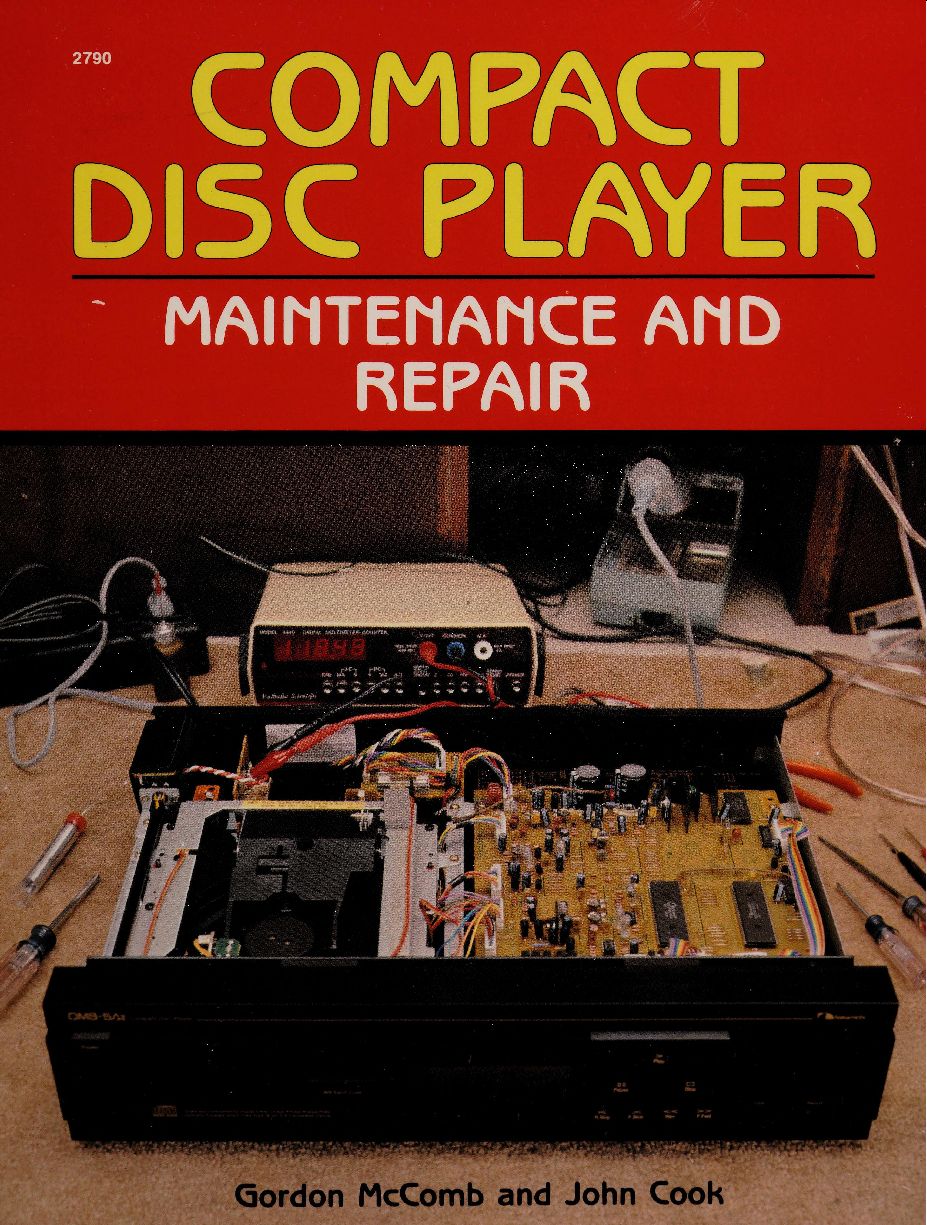
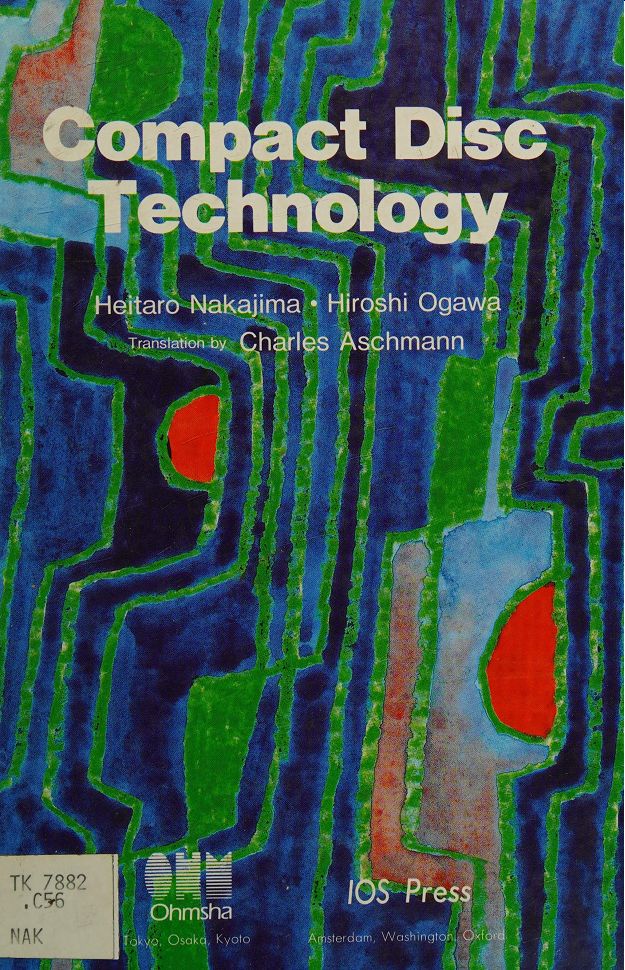
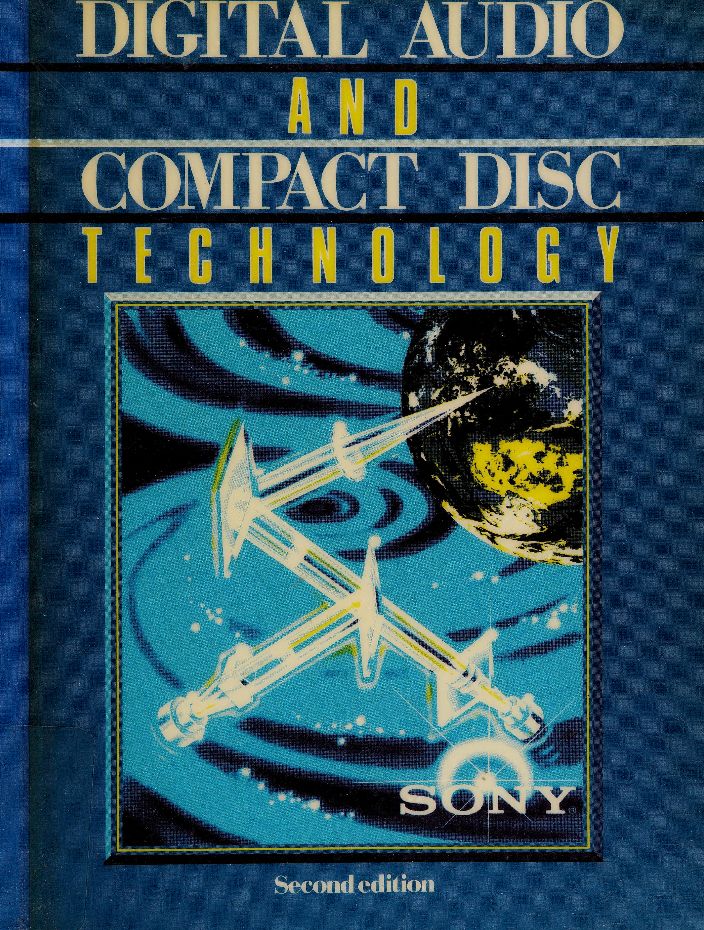
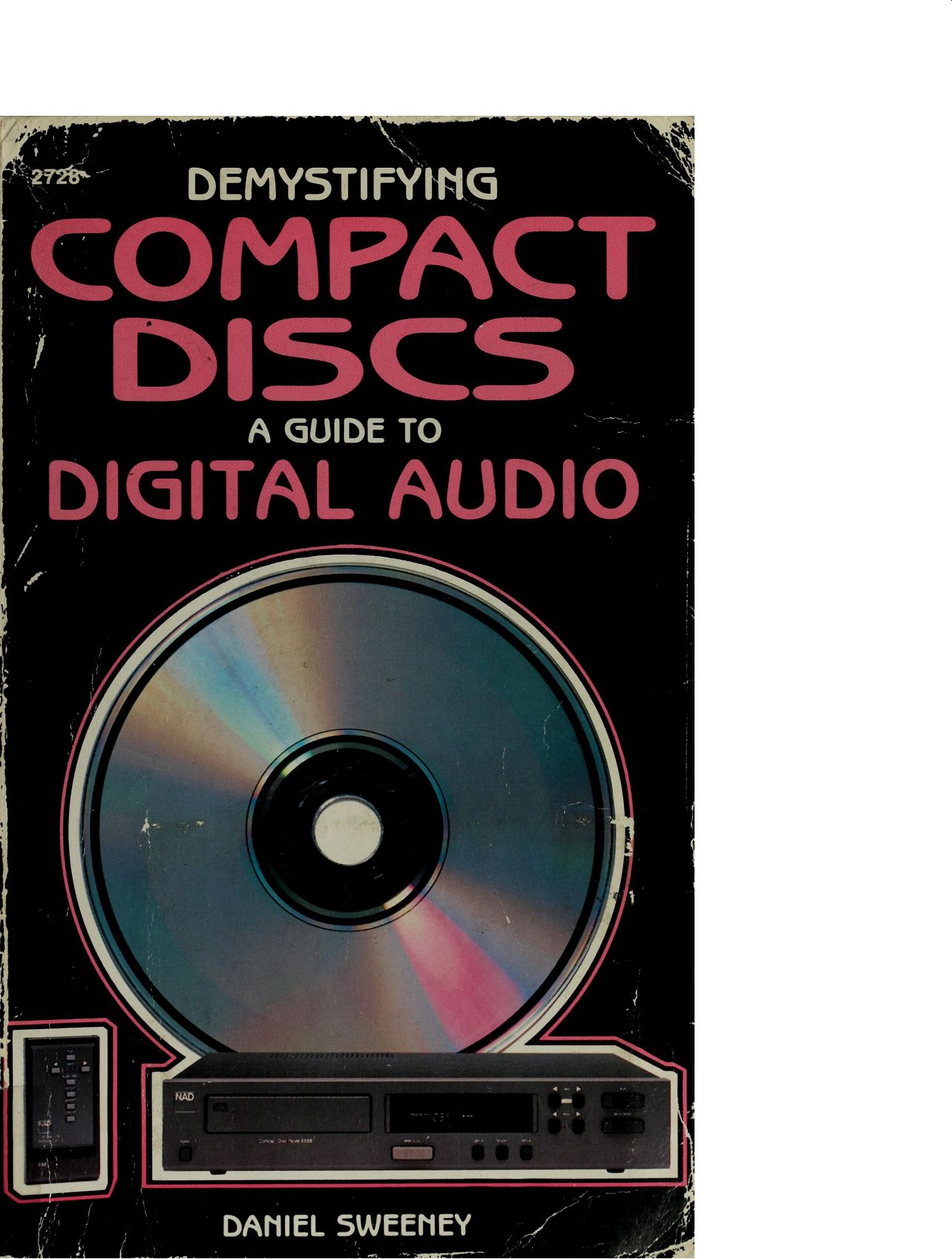
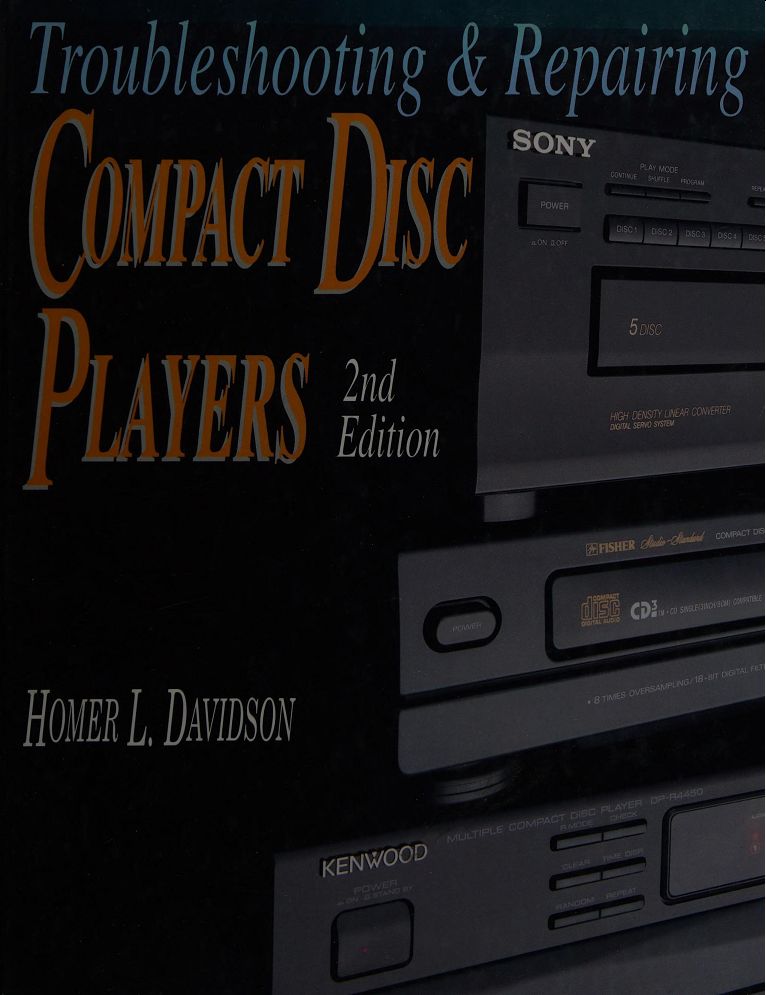
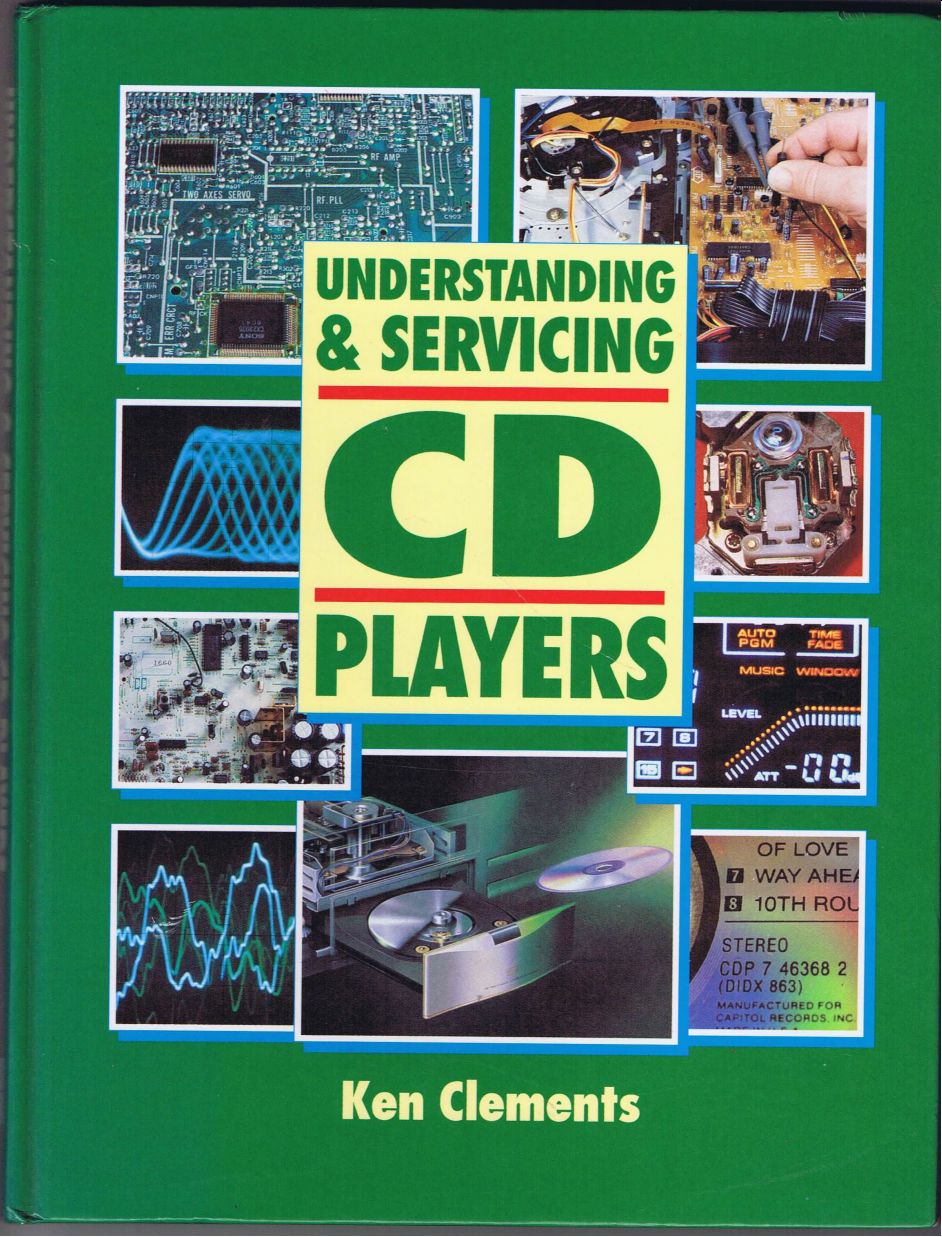
Also see:
Ultimate Guide to Digital Audio
Principles of optical storage -- part 2 -- Focus and tracking mechanisms (Apr. 1985)
= = = =